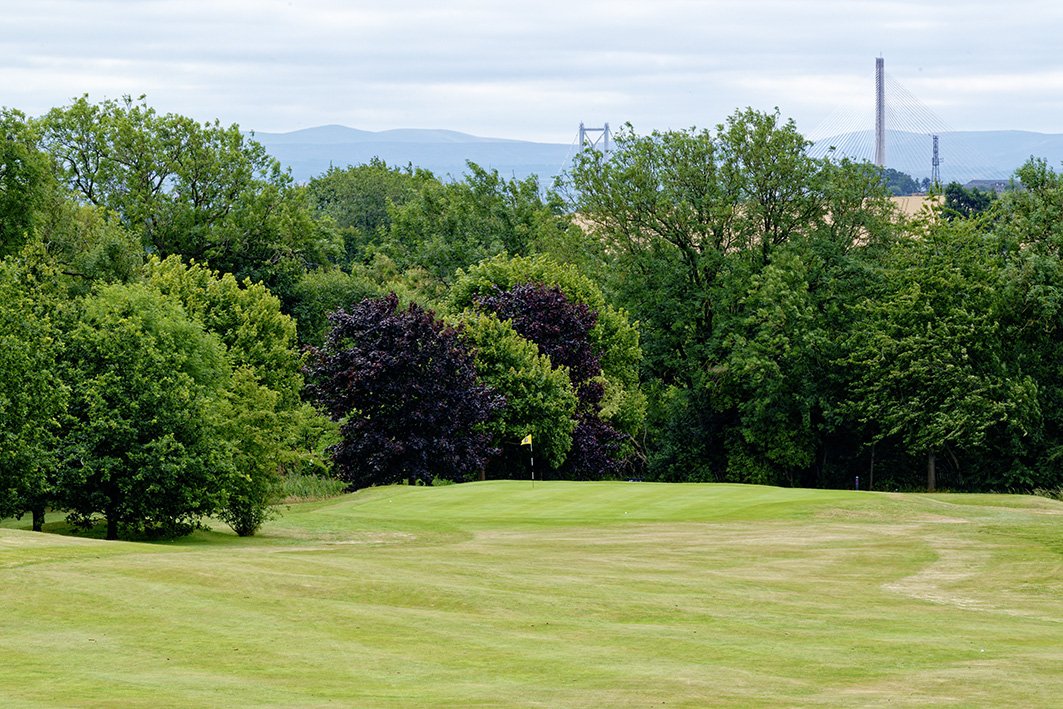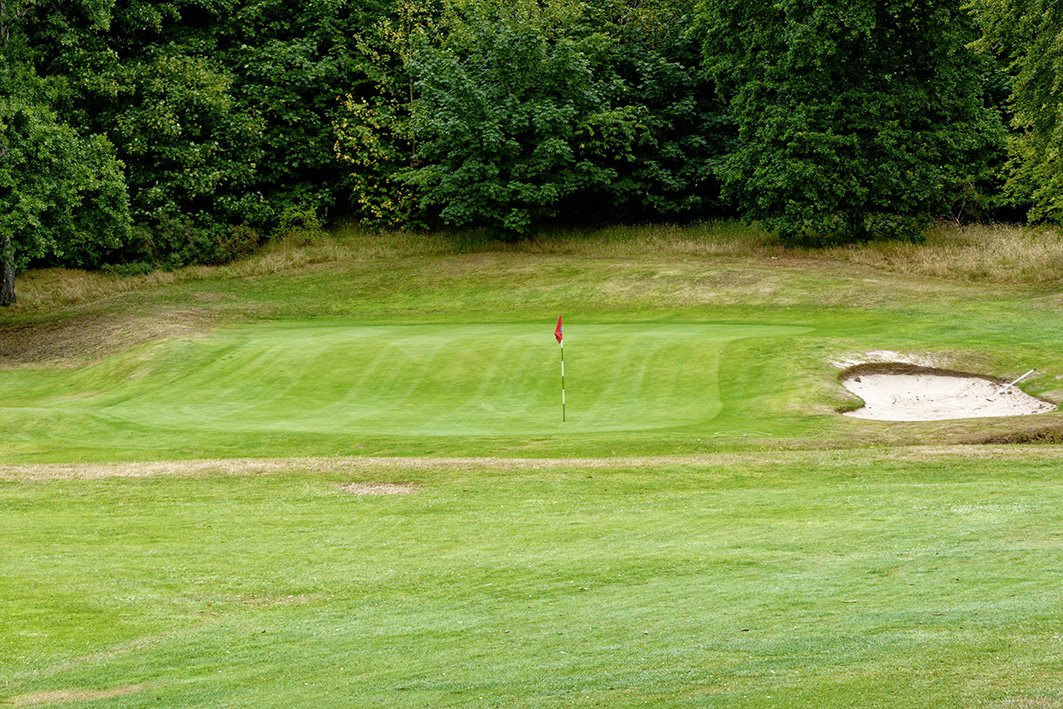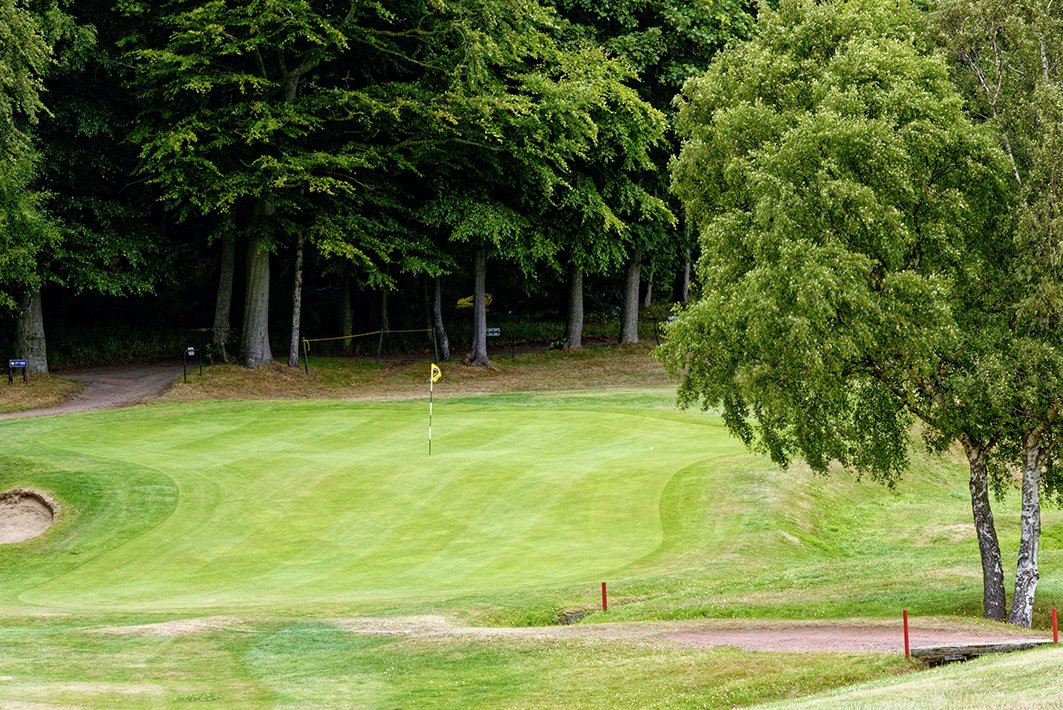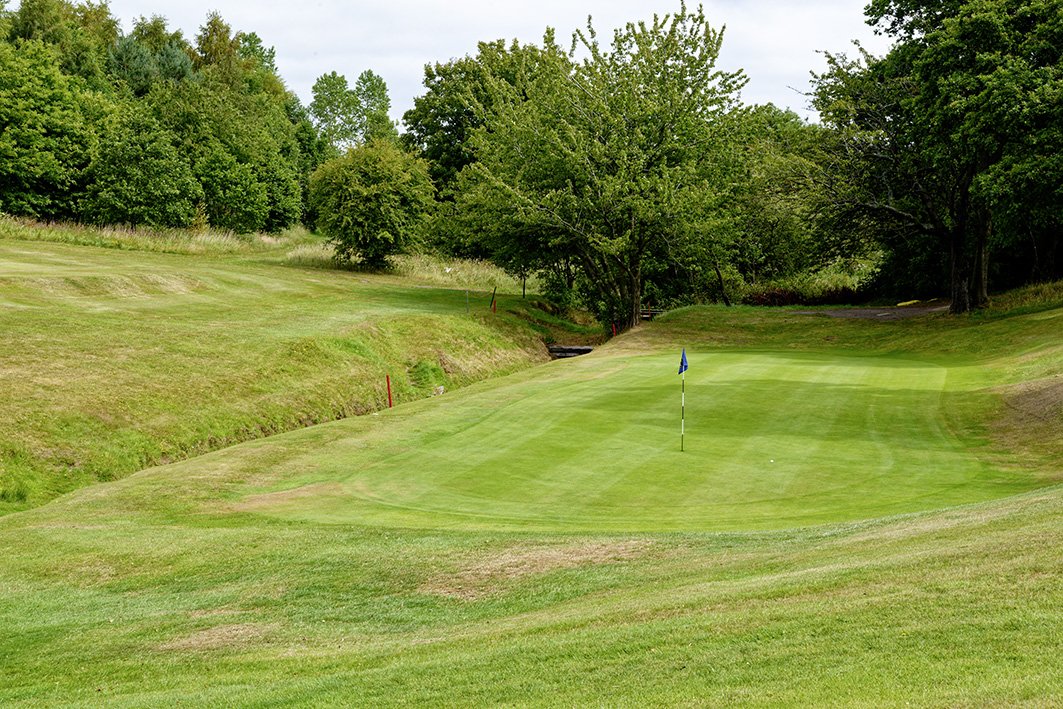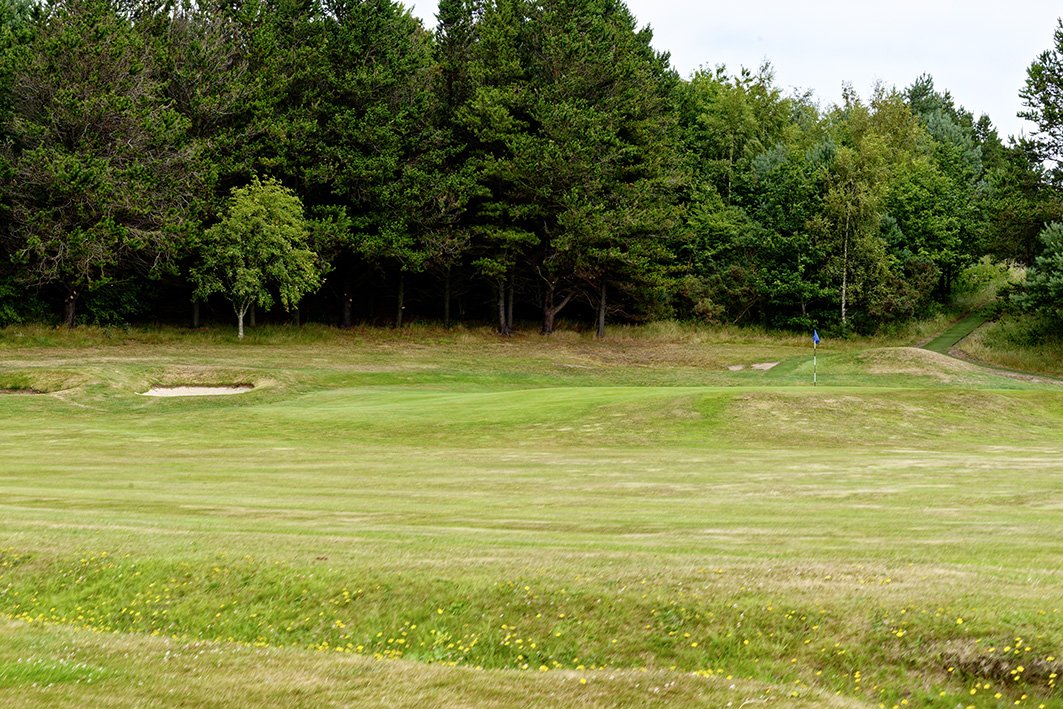Tradition Obligates
In conversation with Andy Robertson, Pitreavie Golf Club
On the occasion of the 150th The Open, golfmanager visited the "Home of Golf" (editor's note: St. Andrews) and the Old Course as well as other worthwhile courses. In addition to a general introduction in the article "Scotland's golf scene - much more than St. Andrews and The Open", author Michael Althoff conducted the following detailed interview with Stuart McColm, General Manager of Castle Stuart Golf Links.
? How much of today’s design is still original Alister MacKenzie design?
! The vast majority of the design is original Alister MacKenzie. The course hasn’t changed that much. For example, our long par 3 on hole 3 with 207 yards from the tips: many people suggested to take the burn in front of the green away. But we said “no”. The idea of changing an original MacKenzie design would not be accepted by the traditionalists here. It has been designed that way and it shall stay that way. Because of the shape of the land it would be difficult to redesign the course in any way. We squeezed in everything on a relatively small piece of land, we have buildings all around the course. This is another advantage of our club: many of our members can walk here from their homes.
? Where does the link to the Carnegie Trust come from?
! Andrew Carnegie is originally from Dunfermline, where we are located. This land, on which the course sits, was owned by a local estate owner and includes a castle. When the course was first built in 1922, we hired the land from the estate owner. Carnegie when he died left a whole lot of money to different trusts around the world which included one is his home town. Around 1950 the estate was shifting hands and the new owners wanted to turn it back into farmland, because they thought they could make more money with this. The Carnegie Dunfermline Trust bought the land from the estate owner with the sole purpose that it was to be continued to be used for golf. The objective of the Carnegie Dunfermline trust is to provide leisure and sports facilities to the community. So they have more activities including a Carnegie hall, a library, a park and many more. This gives us the security that no construction will take place on this venue.
? Which importance does the heritage of Alister MacKenzie have regarding marketing?
! Hasn’t been so far but we are looking to change this! My role as being the responsible for marketing, advertising and sponsorships didn’t exist until about a year ago. So different parts of the MacKenzie aspects and heritage are still to be re-discovered. We now use e.g. our scorecards and a huge information board in front of tee 1 to inform people about our heritage. We had the Golf Mates here some weeks ago and they shot a 25 minutes Youtube video in which they mention MacKenzie about 30 times – they are huge fans of MacKenzie courses. Carnegie means something to people as well, that’s why we try to bring this up, too. So people can relate to great golf courses such as Cyprus Points or Augusta or Royal Melbourne.
? How would you describe his architectural style?
! The thing is the greens – the small greens, which people consider to be quite challenging. And of course it’s always multi-leveled greens. But also building the course on given land, because our land isn’t flat, it is built on one big hill. You have blindfolds, elevated tees – all this makes it a very challenging and attractive course.
? Both, membership fees as well as greenfees, are relatively low compared to other venues in your area, but also to other countries. How can you operate at these prices?
! That’s why the clubhouse needs to work for us! We need the profit from the clubhouse. Furthermore, we try to attract more high value visitors. There is a lot of competition in our area. Golf before Covid was dying a bit and lost popularity. Covid has given us a huge push, people wanted to join and we had a membership waiting list. Especially younger guys have joined the game, we still have a limited number of ladies and juniors. But the majority of our members are in or close to retirement, that’s why the course is also busy on weekdays. We were making a loss before Covid, but now all holes have sponsors. We are trying to bring in more guest players and intensify sponsorships on our venue. We have a lot of open competitions here which also make us a lot of money. Believe it or not: some former members have left the club because they wanted to join a club which has even lower fees – it all depends on the individual decision and expectation of the golfer.
? Is the amount of memberships self-defined or are there regulations by the federation or other institutions?
! This is self-defined by capacity. We monitor the tee times. Are people able to play a tee time at the time they want to play? That settles down to preferred days of many members. Sweeps are a big topic here, which means many people want to play together in a group regularly. We also have to consider reduced playing capacity in winter due to less daylight. So we are trying to manage the tee times and availabilities for members to play.
? How important are guest players so far?
! Our plan is to grow it – prior to Covid we were almost running out of money. We are now planning to get more guest players at a reasonable rate. Interestingly, if your price is too low, some guest players might not even consider you. You have to figure out that you are on a marketplace. You have almost a four-tier market here: the Open Rota courses, other top notch courses, medium range courses and the ones that address the low price segment. We have been competing at the lower end of the market but would now like to move into the medium range course level. We will promote that we are close to the entrance to Fife and therefore are an ideal stop for golfers going on to the bigger courses near St Andrews.
? Having celebrated your 100th anniversary recently: How important is tradition for your club?
! It is quite important. Tradition is backing golf courses – we are now a hundred years old, few golf courses in the US can report this. We are trying to play this a little bit up, as golf courses in Scotland are generally quite traditionally. This also includes dress codes such as no blue jeans. Also many of our tournaments and medals are part of our tradition.
? How important is water management?
! We have got a ward system and it costs us a significant amount of money to keep it going. In summer we pay special attention to our greens. For 2 or 3 months in summer it partly is a challenge, but for the rest of the year our climate helps (laughing).
Thank you very much for these fantastic information and all the best for you and the club.
The interview was conducted by our author Michael Althoff.
